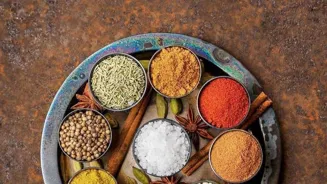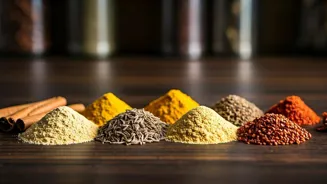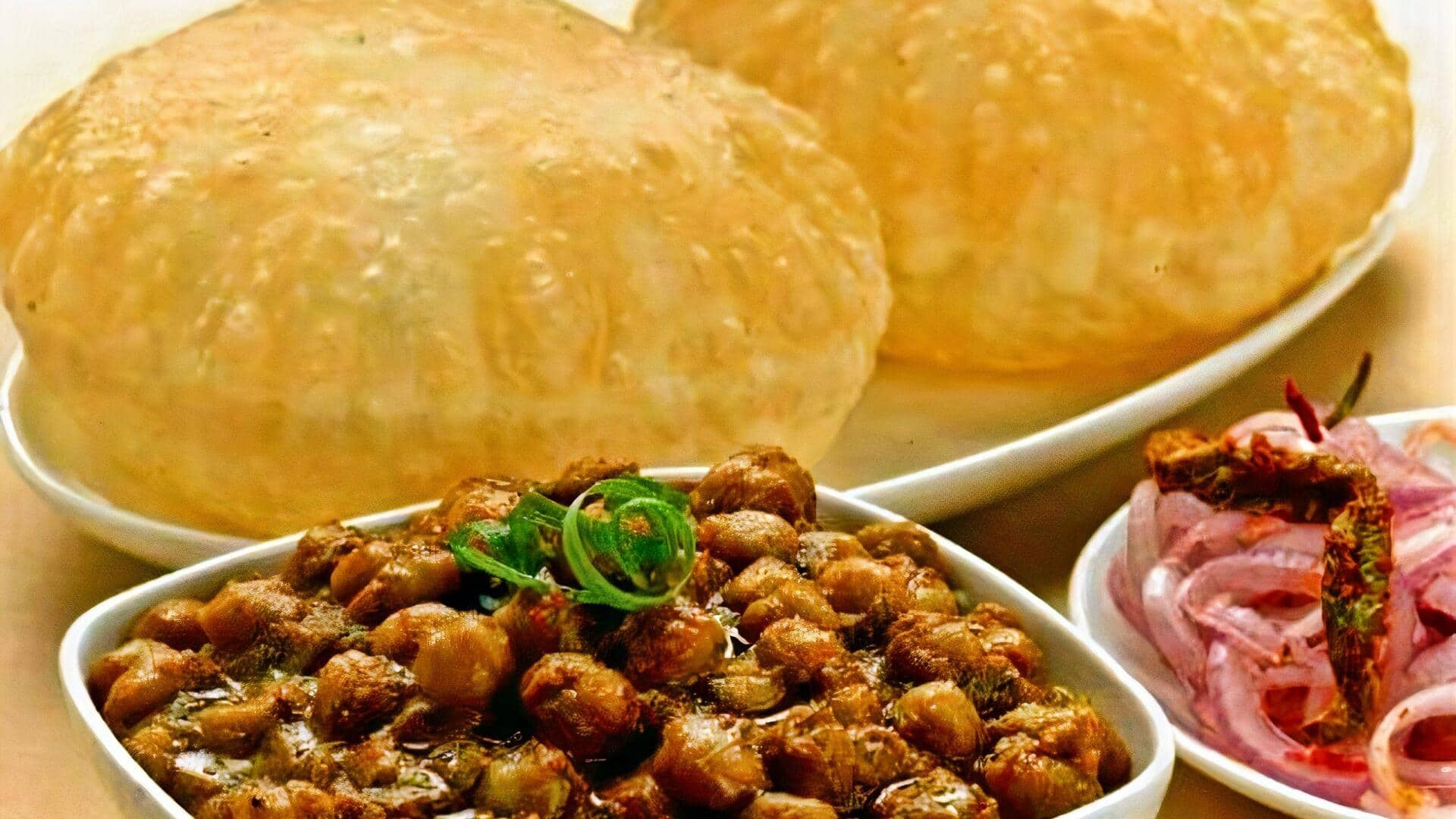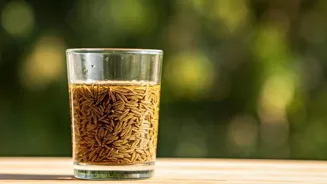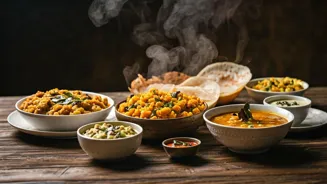Spice Origins
Spices, the essence of flavor and aroma, have a rich history intertwined with trade routes and cultural exchange. Originating from various parts of the world,
spices have long been treasured for their ability to enhance the taste of food. From the ancient Silk Road to the spice trade that shaped global exploration, spices have played a pivotal role in connecting cultures. The earliest use of spices dates back thousands of years, with evidence suggesting their utilization in ancient civilizations for culinary and medicinal purposes. The quest for spices motivated voyages, triggered conflicts, and fueled the growth of empires. This long history illustrates how spices have been central to human civilization. Today, understanding the origins of spices helps appreciate their significance and value in global cuisine.
Flavor Enhancers
Spices are renowned for their ability to transform food through the addition of flavor. The diverse properties of spices provide various tastes and sensory experiences. These flavors can be sweet, savory, spicy, or a combination, making them ideal for enhancing the flavor profile of any dish. Spices are not just about adding flavor; they also play a role in developing complexity and depth in the food. They can bring balance to flavors by adding subtle sweetness to a spicy dish or by providing a warm, earthy note to a cold salad. The versatility of spices means they can be used in countless combinations to improve any meal. Understanding how to use spices enhances your culinary skills, enabling you to create dishes that are more exciting and flavorful.
Indian Cuisine
Indian cuisine is famous globally for its use of spices. Spices form the foundation of Indian cooking, contributing to the distinctive flavors and aromas. The combination of spices varies by region, with each area having its unique spice blends and culinary practices. For example, the southern regions of India often use a blend of mustard seeds, curry leaves, and chilies, while northern Indian cuisine utilizes warmer spices like cardamom, cloves, and cinnamon. The preparation of spices is a critical part of Indian cuisine, as the roasting or grinding of spices influences their final taste. These varied preparations are often tailored to specific dishes to enhance the final flavor profile. This vast diversity underscores the richness of Indian cuisine and the significant role that spices play in shaping its character.
Spice Varieties
The world of spices offers a wide array of choices, each providing unique flavor profiles and culinary applications. Among the most popular is turmeric, known for its vibrant color and mild flavor, commonly used in curries and stews. Chili peppers, varying in heat levels, are used to add spiciness to dishes across different cuisines. Cumin, with its warm and earthy notes, is an important spice in Middle Eastern and Indian cooking. Cardamom is another versatile spice, employed in both sweet and savory dishes for its complex flavor. Coriander, known for its freshness, is often used in ground form or as seeds, enhancing the taste of soups, sauces, and stews. These spices are just a few examples of the wide variety of spices used globally, each contributing its unique characteristics to the food it's used in.
Health Benefits
Apart from enhancing flavor, spices provide various health benefits. Many spices are packed with antioxidants and anti-inflammatory compounds, which assist in overall wellness. Turmeric, containing curcumin, is known for its anti-inflammatory effects. Ginger is another spice that supports digestive health and reduces inflammation. Cinnamon helps regulate blood sugar levels and provides antioxidants. Capsaicin, present in chili peppers, contributes to metabolism and pain relief. The antioxidants in spices shield the body from damage caused by free radicals, which makes them essential. These health benefits, along with their flavoring capabilities, make spices a vital part of a balanced diet. Incorporating spices into meals not only enhances taste but also boosts nutritional intake.
Spice Blends
Spice blends allow for creative and adaptable flavoring options. Blends are carefully designed to create specific flavor profiles and improve the taste of different foods. Garam masala, a mixture of warm spices, is a staple in Indian cooking, adding depth and complexity to dishes. Curry powder, popular in many cuisines, usually includes turmeric, cumin, coriander, and other spices, all finely ground together. Italian seasoning is a mix that incorporates herbs like oregano, basil, and rosemary, often used in pasta dishes and sauces. The convenience of spice blends makes cooking simpler, as they minimize the need to measure and combine multiple spices. Spice blends are a great way to add complexity to any dish while saving time in the kitchen.
Storage Tips
The quality and flavor of spices depend on their proper storage, which helps maintain their potency and freshness for a long time. The key is to keep spices away from heat, light, moisture, and air. Spices should be kept in airtight containers, away from direct sunlight. A dark, cool place, like a pantry or a cupboard, is best. Ground spices tend to lose their flavor and aroma more quickly compared to whole spices. Ground spices can last up to 1–2 years, while whole spices maintain their flavor for up to 3–4 years when stored correctly. Regularly check spices for freshness by smelling them; if the aroma is weak, it’s time to replace them. Appropriate storage practices make sure that spices provide the best flavor possible whenever used.

